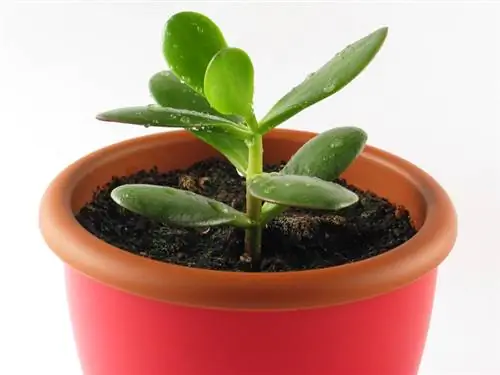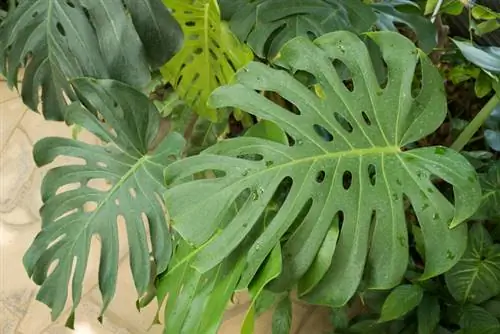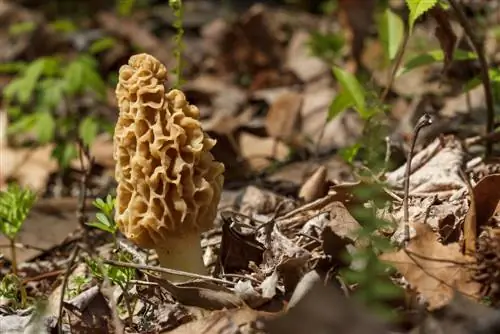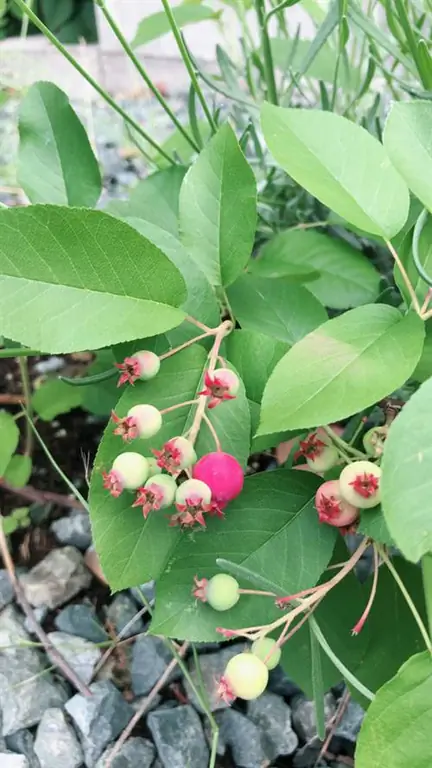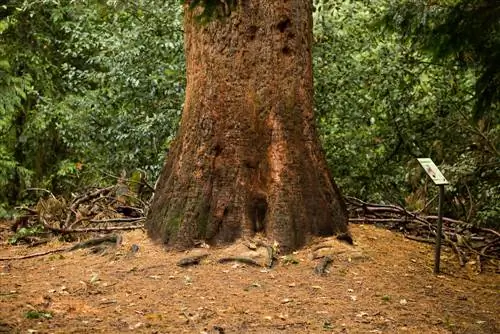- Author admin [email protected].
- Public 2023-12-16 16:46.
- Last modified 2025-01-23 11:20.
It sounds like a truism, but this insight is of utmost importance for the successful cultivation of a magnolia: If the tree is to bloom profusely in spring, it needs the right soil. This doesn't just mean the soil conditions preferred by the magnolia, because the soil needs to be properly worked and loosened before planting. Only then will the magnolia literally feel “at home”!

Which soil do magnolias prefer for optimal growth and flowering?
For optimal growth and flowering, magnolias require nutrient-rich, moist and slightly acidic soil with a pH value between 5.5 and 6.8. Humus-rich, non-calcareous and well-drained soils are preferred. Exceptions are Kobushi, large star, star and cucumber magnolias, which are more tolerant of lime.
The optimal pH value is between 5.5 and 6.8
Magnolias prefer a nutrient- and humus-rich, moist and slightly acidic soil, whose pH value is ideally between 5.5 and 6.8. With a few exceptions, most magnolia species do not tolerate calcareous soils. Plants absorb nutrients best in acidic soils, which is why deficiency symptoms quickly become noticeable in neutral to alkaline soils. However, magnolias become more tolerant of less than optimal soil conditions with age, provided that soil improvement was carried out when they were young. In addition, the floor should not be too heavy - i.e. H. loamy - so that the roots growing shallowly below the surface of the earth can spread and absorb nutrients without any problems.
Some breeds are adapted to calcareous soils
In particular, the Kobushi magnolia (Magnolia kobus) and the large star magnolia (Magnolia loebneri) are quite insensitive to calcareous soils and can therefore be planted in such soil without worry. For this reason, the varieties mentioned are often used as a grafting base for magnolias that are more sensitive to lime. Experience has shown that the star magnolia (Magnolia stellata) and the cucumber magnolia (Magnolia acuminata) also show a relative lime tolerance.
Prepare soil properly before planting
Whatever your soil may be, good preparation before planting will make it easier for your magnolia to grow and ensure it feels comfortable. Optimal preparation also includes thoroughly loosening the soil, clearing a large area of weeds and digging a sufficiently large planting hole. This should be about twice as wide and deep as the magnolia's root ball. It is not necessary to add compost to the planting hole, but instead you should improve the soil with the help of commercially available rhododendron or ericaceous soil. This is already pre-fertilized, which means there is no need for further fertilization.
Tips & Tricks
Protect the roots of the newly planted magnolia from cold and drying out by covering the tree disc (i.e. the root area) with a thick layer of bark mulch and / or brushwood.


